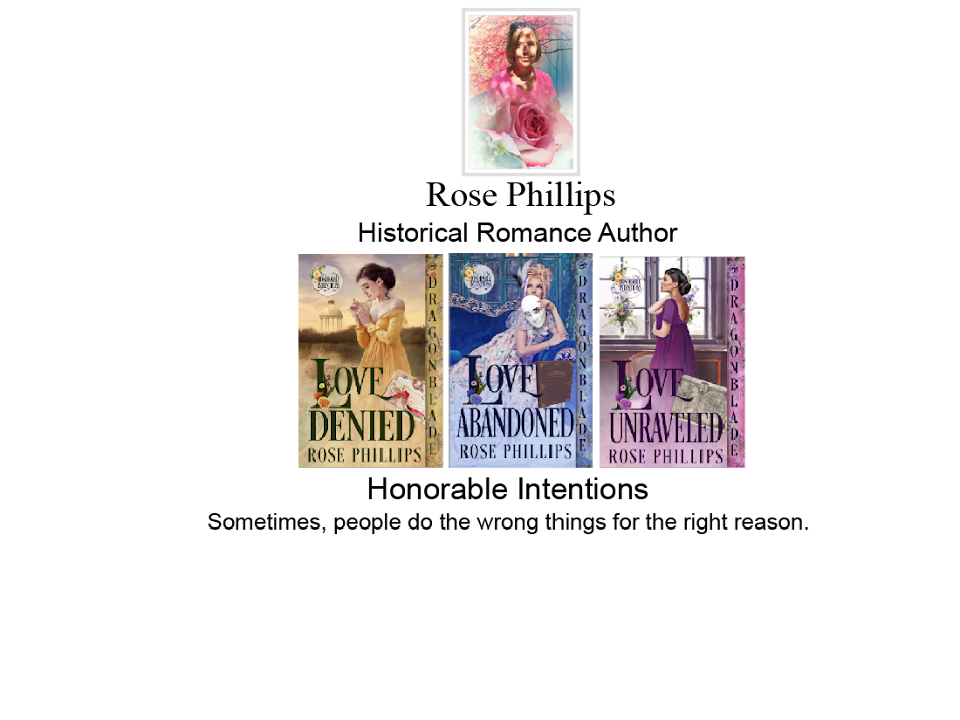I've talked about how I choose a setting and about how I track a setting. Today, I'm going to discuss how a setting isn't simply a place to drop your characters and let them run loose. For me, it's about much more than that. It provides an opportunity to enhance character development, to give insight into why a character is who they are without explicitly telling the reader. I think of it as backup information to help explain a character's behaviour.
Nicholas Sinclair
is the second son to a wealthy nobleman, an earl. While he was never meant to
inherit the title, he did grow up in comfort with the advantages that come with
money. Independent and sure of himself, he sought to become his own man and
joined the army.
Catherine Baring is
the only daughter of a baron who lives on the neighbouring property. She is comfortable
with men, having grown up with only her brother and father in her home, and, of
course, the neighbouring Sinclair boys. Yet, she is not rough and tumble. She
is graceful, refined, and exudes a caring and warmth.
What does setting
have to do with their character descriptions? Everything.
Both Nicholas and
Catherine grew up without a mother's love. While Nicholas and his brother were
left in the care of servants, Catherine's father took an active role in her
upbringing. Nicholas can be cold and standoffish and easy to anger, whereas
Catherine is patient and all-loving. Nicholas' home, Woodfield Park, is a
massive building with clean impersonal aesthetic lines. Its rooms are big, its
pillars intimidating, and it is cold.
Catherine's home,
Stratton Hall, is a medium-sized manse, with smaller rooms, and the warmth of wood
panelling of years gone by. In stark contrast to the austere marble décor that
greets you in the entrance hall of Woodfield Park, Stratton Hall has a huge
fireplace, a well-used table and a wall of taxidermy that adds personality to
the room. (I know, yuck, but it was a thing. I decided to think of it as
bringing nature indoors.)
Nicholas's father
is often found in his private set of rooms away from the rest of the house. Catherine's
father is usually in his library which is just off the main entrance hall. Can
you guess who of the two is the more accessible emotionally?
Nothing reflects
the differences in their childhood homes more than the entrances. I'll use the
pictures of two very real estates and quotes from Love Denied to demonstrate
it.
 |
| Entrance at Willey Hall |
The vastness of the atrium mirrored his sense of
hollow, his heels clicking on the floor as he moved to the marble stairs
dominating the hall. ~Love Denied
 |
| The Hall Browsholme |
The hall was not a grand entrance but a serviceable room, its high-beamed ceiling echoing voices of days long ago. She laid her hat on the weathered table, its etched surface testimony to the many meals that had been eaten on it once upon a time. ~Love Denied
So, the next time you read a novel, consider the
setting. Maybe it will fill in some valuable information.






